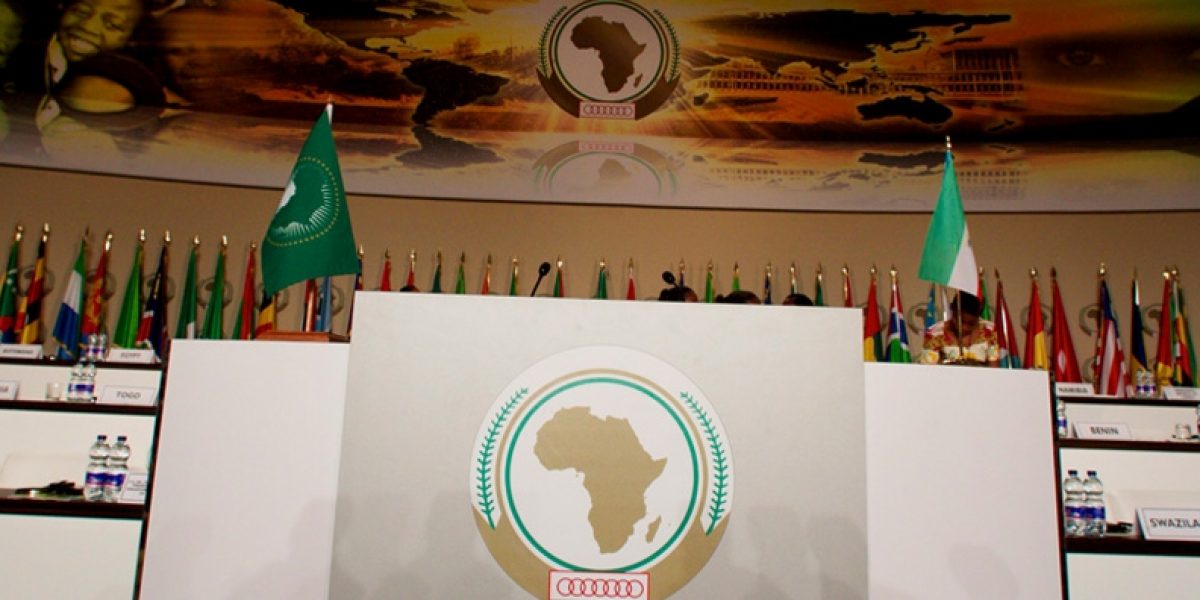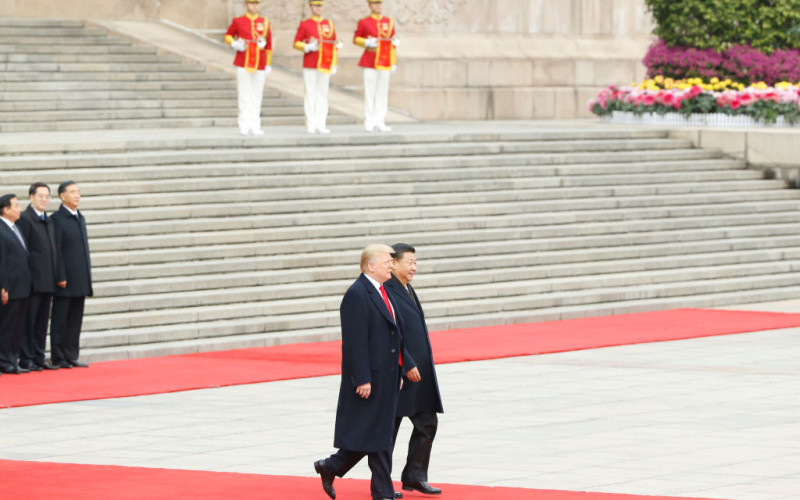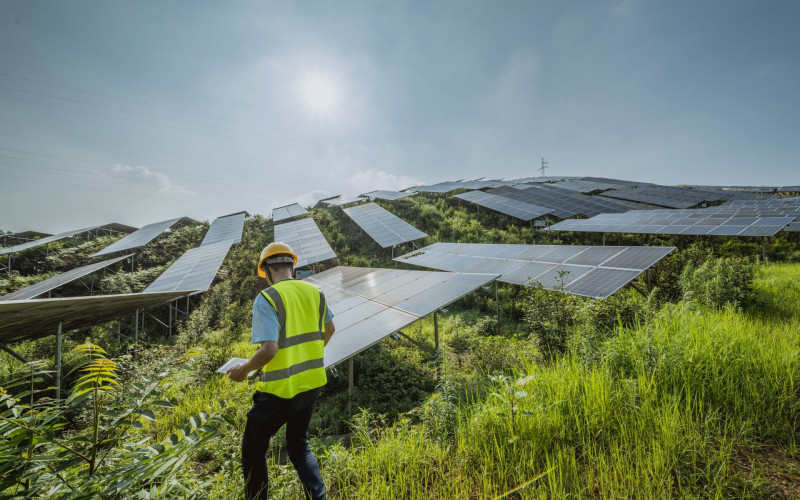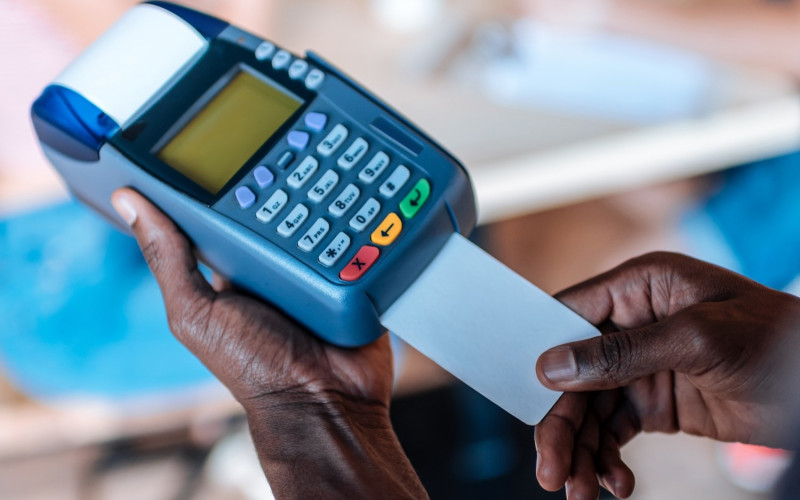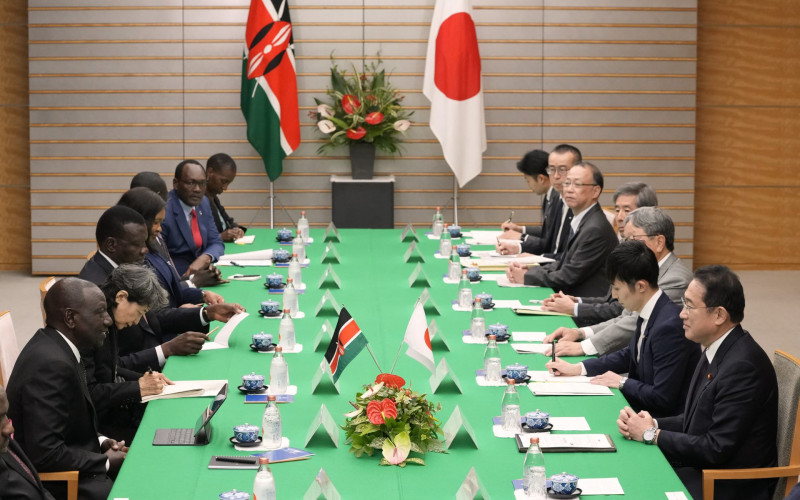Today’s global political landscape is characterised by a number of disruptions to the status quo. A challenge to democracy revealed itself in the form of populism, as the Brexit vote and Donald Trump’s win attested. The threat of climate change, violent extremism and mass migration continues to shake Africa. In the midst of these developments, the 28th African Union (AU) Summit, held in Addis Ababa last month, on 30-31 January 2017, was markedly different to previous meetings.
Shift in the AU’s mindset
Specifically the decision to ‘deeply’ reform the continental body was given life, as a report by Rwandan President Paul Kagame, The Imperative to Strengthen Our Union, was circulated. This formed part of a process that kicked off in mid-2016 at the last Summit, when Kagame – equipped with a Pan-African advisory team – was assigned the task of coming up with reform proposals, recognising that previous attempts at institutional reform had been ineffective.
The report’s recommendations can be encapsulated as ‘less is more’. They include the need for fewer strategic priorities and addressing bureaucratic bottlenecks, and a better division of labour between the AU and other member states, regional economic organisations and continental organs and institutions. Lessening the body’s dependence on external partner funding, in the hope that the AU becomes self-reliant by 2018, also featured prominently.
Reform of partnerships
In relation to Africa’s external relations – and in the interest of political and operational efficiency – it was recommended that partnership Summits, convened by external parties, should be reviewed ‘with a view to providing an effective framework’ for AU relations.
More pointedly, the report suggests a change in the structure of Africa’s bilateral engagements. Previously, 48 African leaders met together with China at the sixth Forum on China-Africa Cooperation (FOCAC) in South Africa in December 2015. The Kagame report proposes a much smaller delegation in future: the troika (the current, former and incoming AU chairs); the chairperson of the AU Commission and lastly, the chairperson of the Regional Economic Communities would represent Africa in these meetings.
This arrangement is reminiscent of the ‘Banjul Formula’, a distinctive feature of the India-Africa Forum Summit since 2008, where participation was restricted to key African representatives. Yet in an effort to upscale India-Africa links, the arrangement was abandoned by India in 2015.
What remains to be seen are the factors that prompted the current proposal and when or how it will be implemented.
Implications: Africa’s partnership with China
Since 2000, China and African state representatives have been meeting on a triennial basis through FOCAC. Importantly in 2018 – the same year the AU plans to become self-reliant – the seventh iteration of FOCAC will take place in Beijing.
A handful of representatives meeting China on behalf of the continent is a commendable approach. For years, commentators have been advocating for a more unified African voice in engaging external partners, who were at an advantage, as the African side scrambled to forge a common position. Arguably, more can be achieved with fewer voices and with greater consistency and continuity.
The AU and China have already been collaborating more closely. The former became a full FOCAC member in 2011 and China deployed a permanent mission to the AU in early 2015. China also built the impressive new headquarters for the AU in Addis Ababa and has also fully committed to supporting the body’s Agenda 2063. This means that the task of consolidating forum activities and African views and interests, on an equal footing, sits with the AU.
However, it is not entirely clear what the impact will be of the new representation format on the actual FOCAC ministerial meetings and summits. Will it replace the consultation with the African ambassadors in Beijing and host country of the FOCAC ministerial or summit, who together with the Chinese FOCAC secretariat have traditionally managed the FOCAC process? If so, this would effectively create an AU-FOCAC secretariat based in Addis. This might be a much more appropriate forum given that Addis is also the seat of Africa’s key summits and meetings. Consultations directly with heads of state or internal African canvassing of views on what Africa wants from China would also be much easier to achieve.
But in order to realise any of this, the ‘chronic failures’ of the lack of capacity, poor accountability, fragmentation and low levels of trust – outlined by the report – need to be urgently addressed. Whether this proposal will be ready for 2018 is another issue. For now, FOCAC activities and projects remain funded – and thus largely driven – by China.
Until the details of how this new type of partnership would be operationalised, emerge, some outstanding nuances should be considered.
First is the symbolic use of summitry. Platforms like FOCAC – trumpeted as the continuation of the Bandung spirit, hearkening to the landmark conference on South-South cooperation in 1955 – are stages where actors showcase their identities, affiliations and role in the world. The China-Africa friendship was on visual display, as Chinese President Xi Jinping brushed shoulders with most African heads of state at FOCAC VI in Johannesburg. Likewise, announcements such as China’s $60 billion pledge to Africa also held more gravitas in such a setting. This display of friendship is also important leverage for Africa to build wider partnerships; and adds prestige for the event’s host country.
Second are China’s bilateral relations with African states. Notably Xi’s 2015 trip to FOCAC VI doubled as official bilateral visits to South Africa and neighbouring Zimbabwe – where an impressive laundry list of agreements were signed. Significantly the consensus to establish China’s first overseas military base, in Djibouti, took place on the FOCAC sidelines. It thus remains to be seen how bilateral relations (the level that FOCAC agreements are actually implemented), will be affected by such a new arrangement.
However, this proposal also poses a paradox. On one hand, African nations are required to look ‘outward’ from their national interests to the continent, as the underlying challenges they face disregard man-made borders. Yet they are also required to focus ‘inward’, as the AU seeks to become self-reliant and limit division and voices within the continent, in relation to global partnerships.
With an important balancing task ahead, the question is how these changes will be operationalised. In Kagame’s words: ‘to fail Africa again would be unforgivable’.

